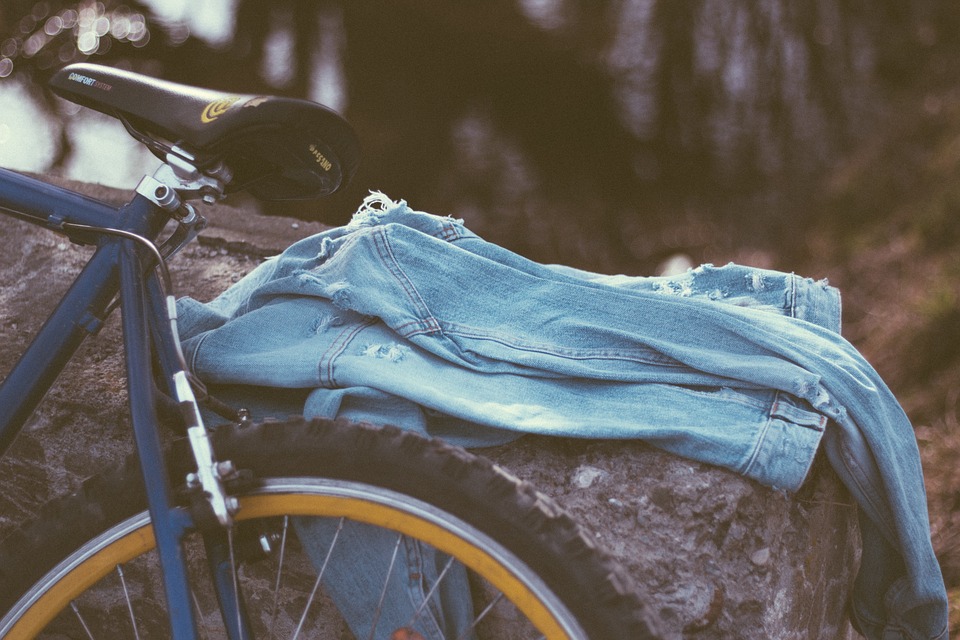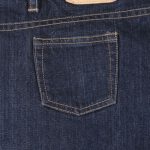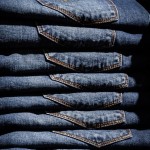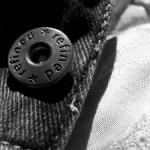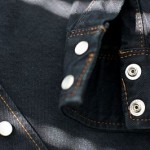Jeans consistently rank as one of the most popular types of trousers. Research shows that most people own over a half-dozen pairs of jeans. Regardless of the season, you can’t go wrong with a pair of high-quality jeans. They offer a unique combination of style, comfort and durability — three qualities that aren’t found in many other types of trousers. There are certain mistakes, however, that you should avoid making when buying jeans.
#1) Choosing Secondhand Jeans
What’s wrong with choosing a pair of secondhand jeans? Like all secondhand garments, they are preowned. You can find secondhand jeans available for sale at many consignment stores. Consignment stores are retailers that purchase secondhand clothes from their customers so that they can resell them. You may save a couple of bucks by choosing secondhand jeans, but it could cost you more in the long run.
With secondhand jeans, you really don’t know what to expect. You might get lucky and find the perfect pair of secondhand jeans. Alternatively, you could end up with a pair of damaged or degraded secondhand jeans that you’re forced to replace just a few months later. For the greatest value, stick with new jeans rather than secondhand.
#2) Overlooking the Cut
Don’t make the mistake of overlooking the cut when choosing jeans. The cut refers to the way in which a pair of jeans are designed to rest against your body when worn. Jeans are available in dozens of different cuts. There are boot-cut jeans, for instance, that feature a tapered design with a wide opening around the bottom of the pant legs. There are also skinny jeans that feature a narrower and more form-fitting design.
When choosing jeans, you shouldn’t check the cut. Boot cut and skinny are just two of many cuts in which jeans are made. You can find jeans in other types of cuts, each of which rests differently against your body when worn.
Keep in mind that some jeans have patterns of fading as well. It’s a common feature of distressed jeans. These patterns can resemble honeycombs, whiskers and train tracks. With patterns of fading, jeans offer a more distressed style that many people prefer.
#3) Assuming Washed Denim Is Best
The denim from which jeans are made can be classified as either washed or raw. Washed denim is exactly what it sounds like: It’s standard cotton-based denim that’s washed in water. Dry denim, conversely, is standard cotton-based denim that isn’t washed in water. While you may assume that washed denim is best, this isn’t always the case.
There are reasons to choose both washed denim and dry denim. Jeans made of washed denim are usually softer and better protected from shrinkage. Jeans made of raw denim, on the other hand, offer a darker tone. If you prefer the sleek style of dark-colored jeans, you may want to go with dry denim. The bottom line is that washed denim isn’t always the best; in some cases, you may get more use out of dry denim jeans.
#4) Not Checking the Fabric
Another mistake to avoid when choosing jeans is not checking the fabric. All jeans, of course, are made of denim. A denim construction is one of the features that distinguished jeans from other types of trousers. Nonetheless, some jeans are made of different denim than others, which is why it’s a good idea to check the fabric before investing in a new pair of jeans.
Most jeans are made of plain, traditional denim. Denim is defined as a cotton-based fabric that’s woven with the weft making passes under at least two warp threads. Some jeans, however, are made of a special type of denim that’s comprised of both cotton and an elastic fabric. Known as stretch denim, this alternative fabric is used in the construction of stretch jeans. Stretch denim is more elastic and “stretchy” than traditional denim.

#5) Cheap Fasteners
Don’t make the mistake of choosing jeans with cheap fasteners. Like most types of trousers, jeans have fasteners. You can usually find them on the fly. Some jeans have buttons on the fly, whereas others have a zipper on the fly. There are even jeans with both buttons and a zipper on the fly. If you’re going to buy a new pair of jeans, you should inspect the fasteners to ensure that are durable and not poorly made.
Cheap fasteners may break. If the buttons or zipper are cheap, you may be forced to repair or replace them shortly down the road. Fixing damaged fasteners isn’t easy, either. Whether you choose to repair or replace them, you’ll have to spend more money to do so. A better option is to choose jeans with high-quality fasteners.
#6) Wrong Color
Choosing jeans in the wrong color is another mistake to avoid. Jeans are available in dozens of colors. It’s no secret that blue is a popular color in which jeans are made. Since their origins over a century ago, jeans have been constructed of blue-dyed denim. Some jeans are constructed of light blue denim, whereas others are constructed of indigo or dark blue denim.
You can find jeans in other colors, though. Colors are achieved through dyeing — and denim can be dyed in just about any color. When choosing jeans, think about which color will complement your outfits. With the right color, you’ll get more use out of your jeans.
#7) Generic Size
Avoid buying jeans in a generic size. Instead, choose custom-sized jeans. Custom-sized jeans, such as those sold here at MakeYourOwnJeans, are designed according to your body measurements. Custom-sized jeans don’t use generic measurements that may or may not fit. Rather, they are designed specifically to fit your body by using your own body measurements.
Buying jeans in a generic size is like flipping a coin. In some cases, generic-size jeans may fit. In other cases, they may be too big or too small. Instead of crossing your fingers and hoping for the best, consider choosing a pair of custom-sized jeans.

